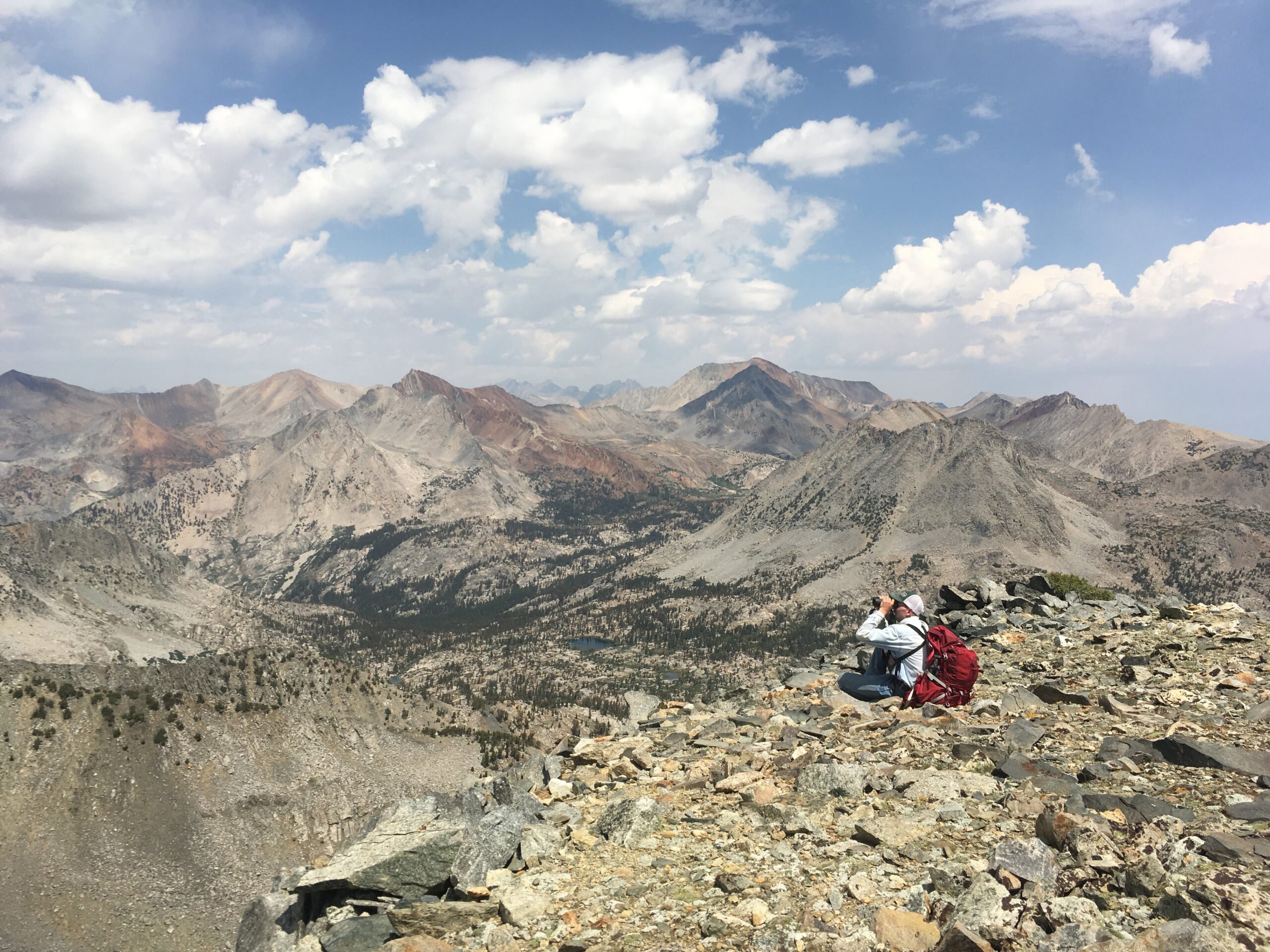If you’re curious about the ecology that underlies much of our work, check out the short summaries of different ecological topics below!
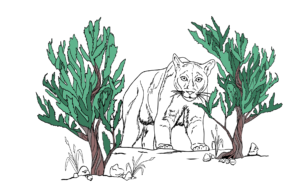
What matters more: predators or food?
If your favorite deer, moose, or sheep herd is declining, you want to get to the bottom of it and figure out what is causing the population to decline, right? Often predators are assumed to be causing declines to ungulate populations, but scientists over the past few decades and across the globe have attempted to really get to the meat of this question.
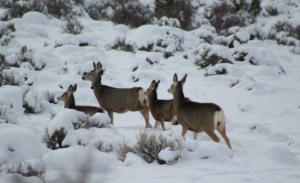
Why do so many animals migrate?
Migration—the intrepid, daring, audacious movement of individuals and populations over short and long distances. This global phenomenon can be seen over air in birds and butterflies, through oceans by salmon and humpback whales, and across land by the antelopes of the Serengeti and salamanders. Migration, allowed by the freedom of mobility, has been adopted and adapted by the innate drive of animals to survive.
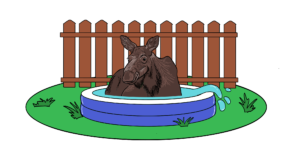
Cool ungulates in a warming world
Moose are big, have dark-colored hair, and don’t have the ability to sweat, which means they can have trouble staying world. Moose stay cool, or cool down if they get too hot, by using their habitat in specific ways.
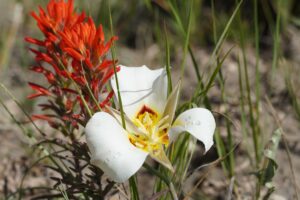
Plant growth and climate change
We often don’t realize how much our eating habits control the way we travel, and how the way we travel controls our eating habits; this relationship affects our departure time, arrival time, and quality of food we are eating. We are not alone: mule deer and many other migratory ungulates plan their spring migration around food and when it becomes available. But, our world is changing, and the landscapes that ungulates migrate through and what they eat along the way are changing as well.
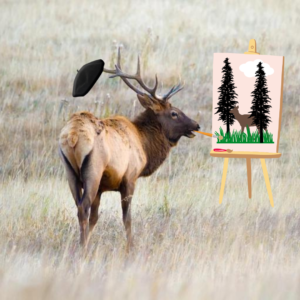
Stubbornness and flexibility both have their perks
Some of us like to stick to our ways, even if we come across an obstacle, and some of us are more flexible and tend to go with the flow. It’s the same for ungulates!
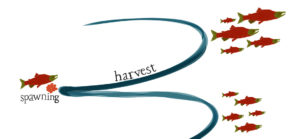
Selectively harvesting: does hunting and fishing change populations?
Around the world, people harvest fish and wildlife to make a profit, provide sustenance, and honor a cultural heritage. Harvest of wild animals occurs across a gradient of scale, from a single person hunting a white-tailed deer to fill their freezer with meat to the commercial process of harvesting thousands of fish at a time in the ocean.
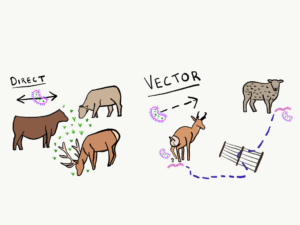
Disease and the wildlife-livestock interface: some animals should not touch
One of the biggest concerns with wildlife and livestock interacting with each other is the introduction of a deadly pathogen into a naïve herd. How a disease is transmitted influences our management options for the disease.

Kids ain’t cheap: how do ungulates afford to reproduce?
The currency many mammals rely on to finance reproduction is energy from the food they eat. Although all ungulate moms need to eat for two (or sometimes three, or four), the timing of when they must obtain the calories differs depending on their strategy.
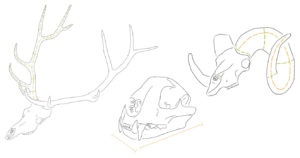
Records program of North America
The Harvest Records Project is focused on identifying the effects of harvest on horn size of mountain sheep. Hunting is an important part of wildlife management, but there is concern over how harvest might affect the size of horns and antlers of ungulate species over time.
